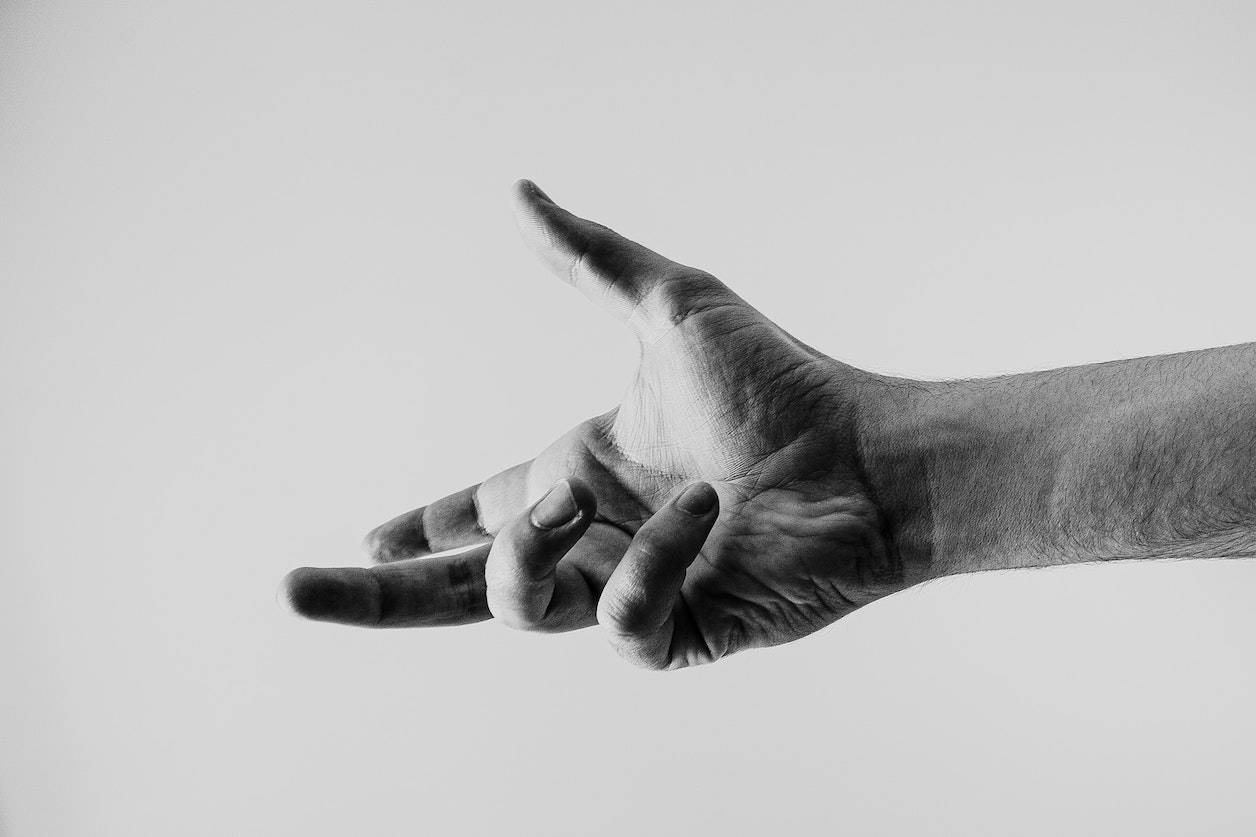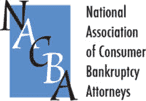If you have filed for bankruptcy, or you are considering bankruptcy, working on improving your credit score is important. Having a collection account will lower your credit score. Collections can stay on your credit report for up to seven years and may even keep you from getting an auto loan or a mortgage. Even if you pay a collection, it may still be recorded on your credit report. The credit reporting bureaus will simply change the account to a paid collection. Having collections removed from your credit report is possible, but it is not always easy. We will discuss six different strategies you can use to remove collections from your credit report.
- If You Have Paid the Debt, Request a Goodwill Deletion
If you have already paid the collection account or you have been making payments on time, you can mail the collection agency a goodwill letter explaining your situation. Do not go into too many details, but try to give the debt collector some information about your situation. For example, if you are trying to obtain a loan for a vehicle or purchase a house, state that you could not do so due to the negative information on your credit report. You can ask the collector to remove the collections from your credit report out of goodwill.
- Look for Errors and Dispute Them
Credit reports are not always accurate. If a debt collection stays on your credit report, you can request a current copy of your reports so you can review it to see if there are any errors on it. Try to find the negative item you would like to be removed from your report and investigate it closely. Make sure all the details you see are correct and accurate.
If there is any inaccurate information, you should report it to all major credit reporting agencies. Under the federal Fair Credit Reporting Act, credit reporting bureaus must show your information on each person’s credit history. They have a duty to fix the information if it is inaccurate.
If they cannot fix the errors, they should entirely remove the collection from your report. It is wise to write an advanced dispute letter that lists specific inaccurate information rather than simply disputing the whole entry. Doing so will make it more challenging for the credit bureaus to verify the collection and more likely to remove the collection.
- Ask the Collection Agency to Validate the Debt
If you have come through your credit report and do not see any inaccuracies, you can contact the collection agency and request that they validate your debt. Under the Fair Debt Collections Act, the agency will be required to validate debts they are attempting to collect, as long as the validation of individual requests. Remember, you only have 30 days to request your debt validation after the collection agency initially contacts you. If the collection agency cannot validate your debt, you can ask them to remove it from your credit report.
- Negotiate a Deletion in Exchange for Paying the Debt
If the first steps have not worked, and you cannot get collections to delete it, your next step should be to negotiate a pay-for-delete. In this scenario, the collection company will agree to remove a collection account from the credit report as long as you pay off the balance that you owe. However, all of the credit bureaus have gone tougher on collection agencies allowing pay for delete. The bureaus do not like this practice, and sometimes creditors do not allow it anymore. There are still many debt collectors that will. It is worth taking the time to ask them if you can pay for deletion as it is one of the easiest ways to get collection accounts removed from your credit score.
- Settle the Debt and Dispute it Later
In some cases, collectors will allow you to settle the debt for less than the amount you owe them. Leave already purchased the debt for pennies on the dollar. In most cases, they can still accept half of the balance you owe while still making a profit for themselves. If you would like to pursue this option, contact that collection company and say that she wants to settle the debt. They will often try to demand the full payment, but they may take off between 20% and 60% of the balance you owe to settle the account info.
Paying the debt will not help your score, and it will not delete your reports account. However, you will now be able to go to the credit bureau and dispute that the item is unpaid. Hopefully, the creditor will not validate the debt since you have paid it. They will not have an incentive to do this and may respond to the credit bureaus’ requests.
- Wait for Another Agency to Buy the Account and Then Dispute it
Another option is to wait until your account is sold to another agency and dispute it. In the current market, debt is continually being sold from one collection agency to another. When the first collection agency cannot get a payment on a debt, they may choose to sell the debt to another collection agency. At this point, the original creditor listed on your credit report will no longer have access to your account information. You can dispute the charge and may be able to have it deleted.
If this does not work, do not lose hope. Sometimes time can be on your side. If you allow several months to pass and then try to dispute the account for another reason, you may find more success. There are many different reasons you can dispute an account, and the older The collection becomes, the more likely the creditor will ignore the credit bureau’s request. In short, don’t panic if you have a collection account on your credit report. There are many different steps you can take to have it deleted.








